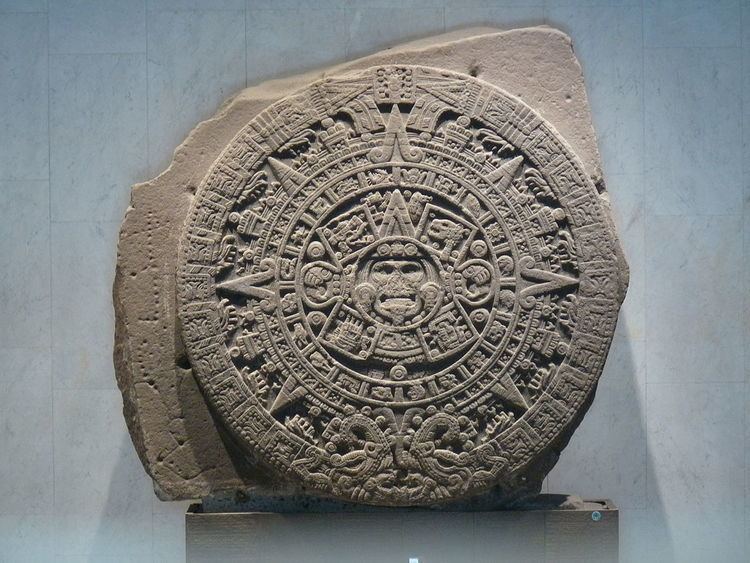 | ||
Centuries 14th century - 15th century - 16th century | ||
The 15th century in North American History provides a timeline of events occurring within the North American continent from 1401 CE to 1500 CE in the Gregorian calendar. This time period (from 1000 BCE–present) is known as the Post-archaic period (Post-archaic stage). Although this timeline segment may include some European or other world events that profoundly influenced later American life, it focuses on developments within Native American communities. The archaeological records supplements indigenous recorded and oral history.
Contents
Native Americans
1490s: Beginnings of Age of European Exploration
References
15th century in North American history Wikipedia(Text) CC BY-SA
